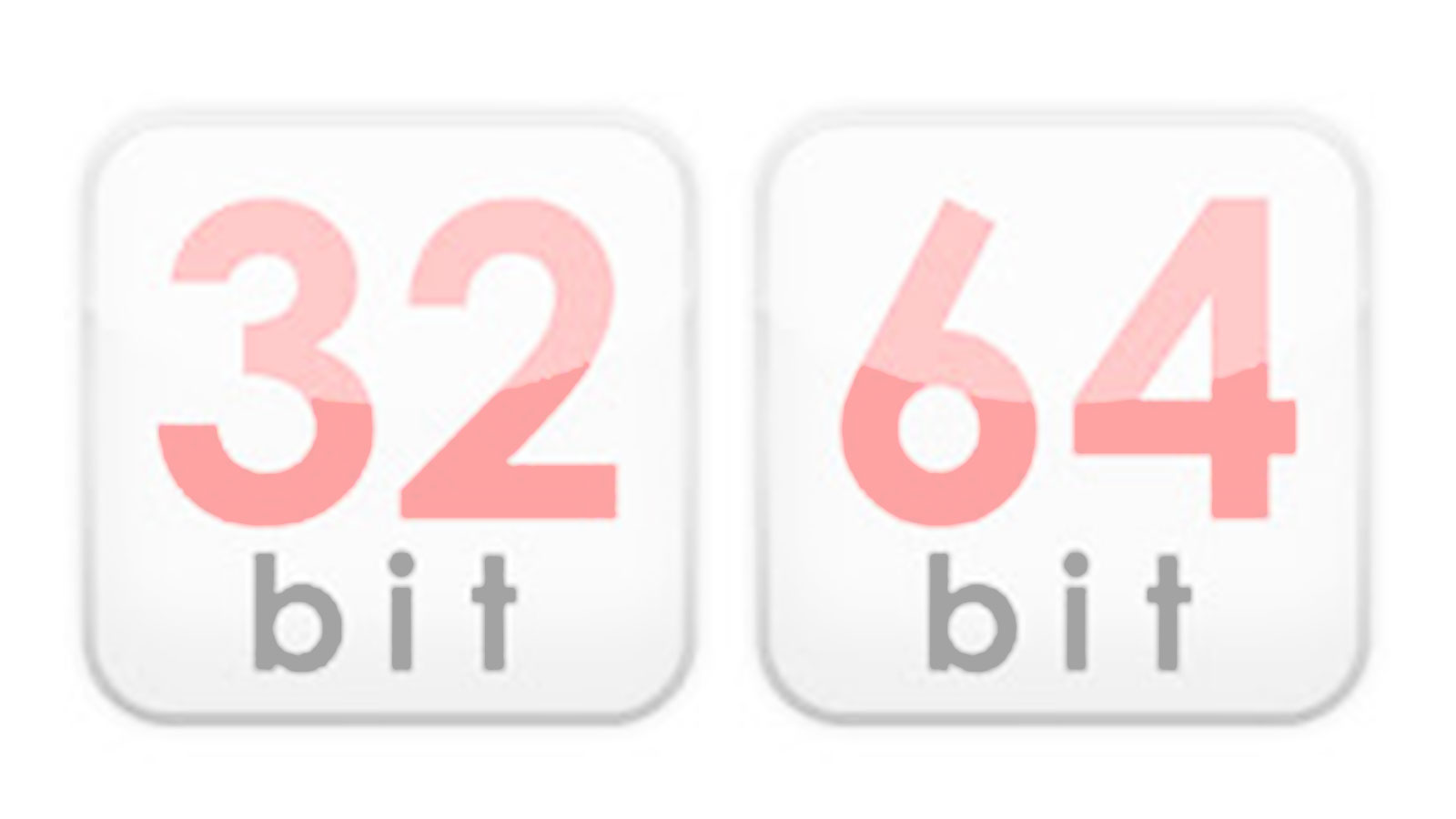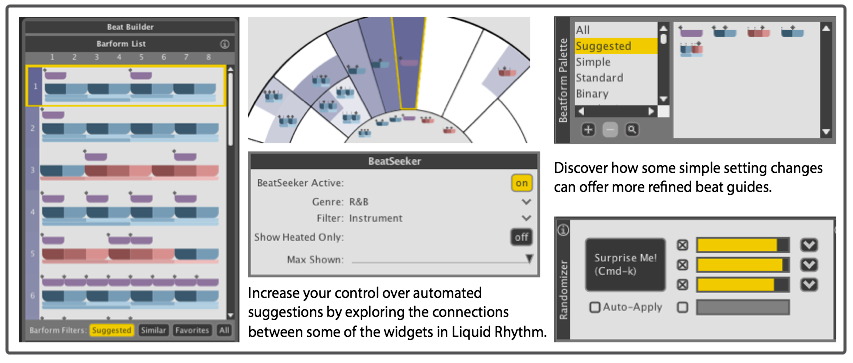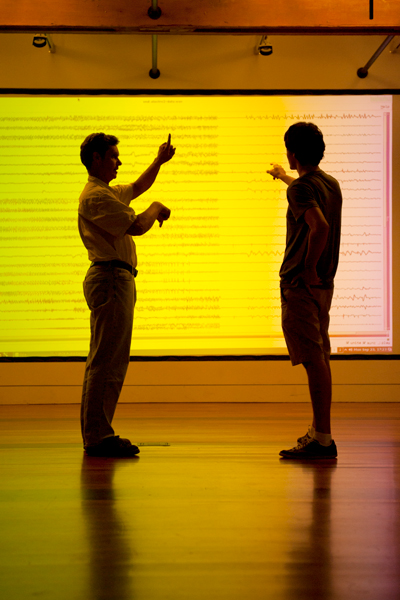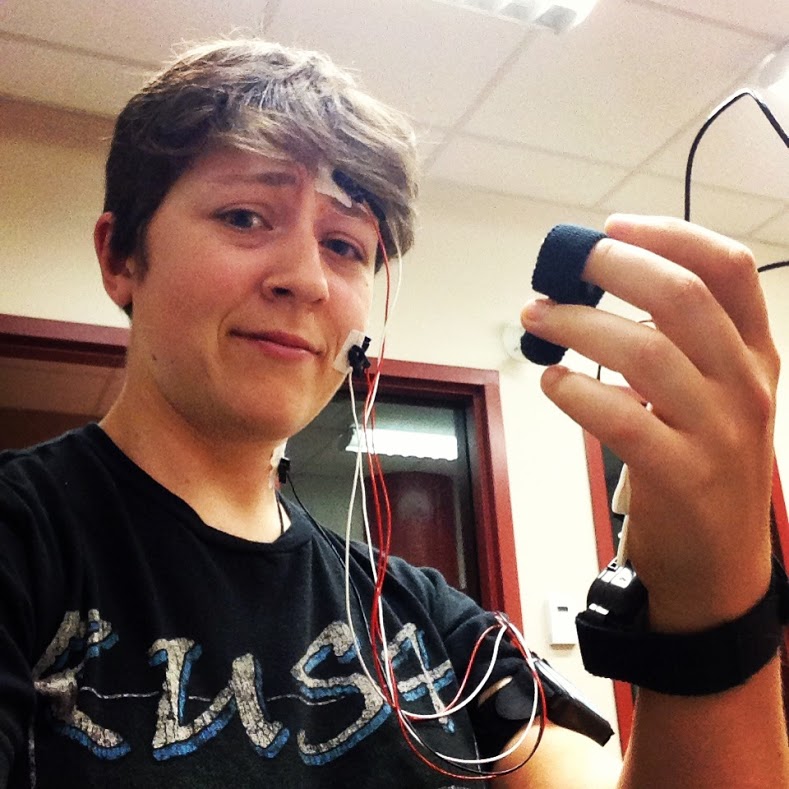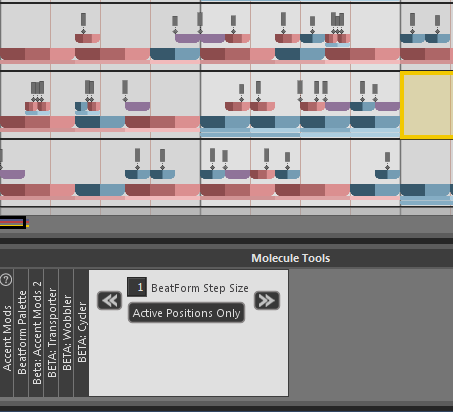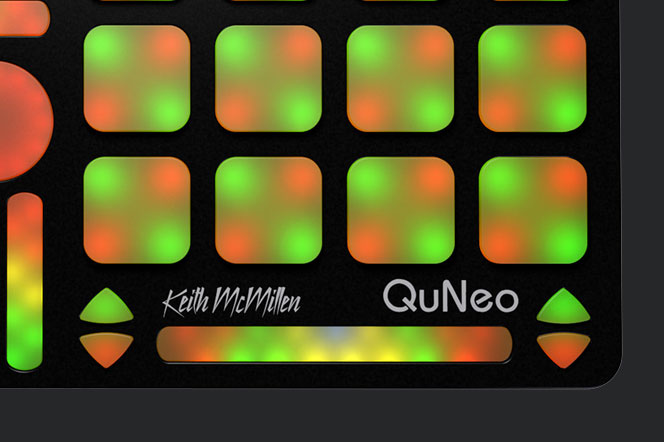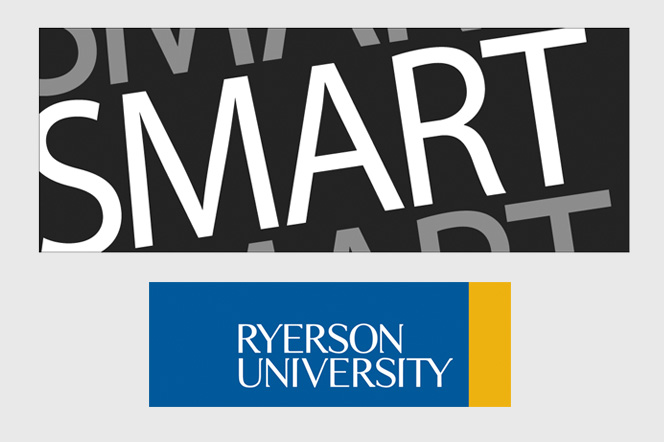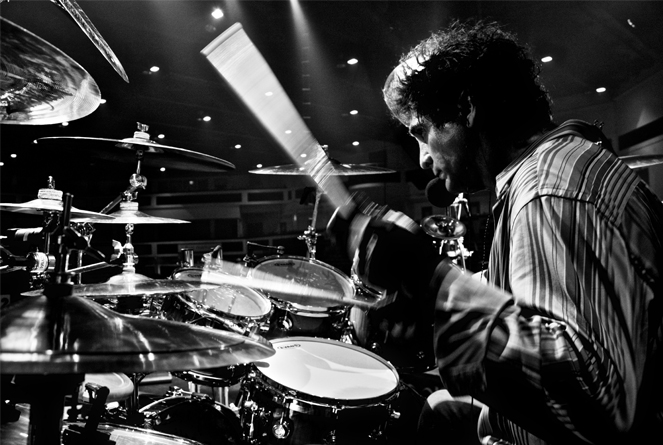
Drummers are Geniuses
They have a rare, innate ability to problem-solve and change those around them. If you are a drummer, you’ve probably heard a joke or two about your kind’s intelligence level. You’ve put up with being called a dummy for far too long but thankfully we’re here to clear your name. Prof. Frederic Ullen, from the Karolinska Institutet in Stockholm concluded that the brain activity of an individual who can keep…

